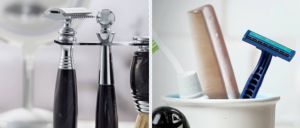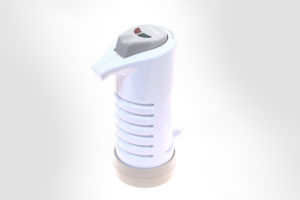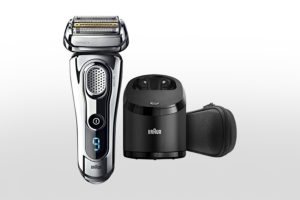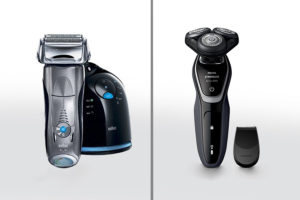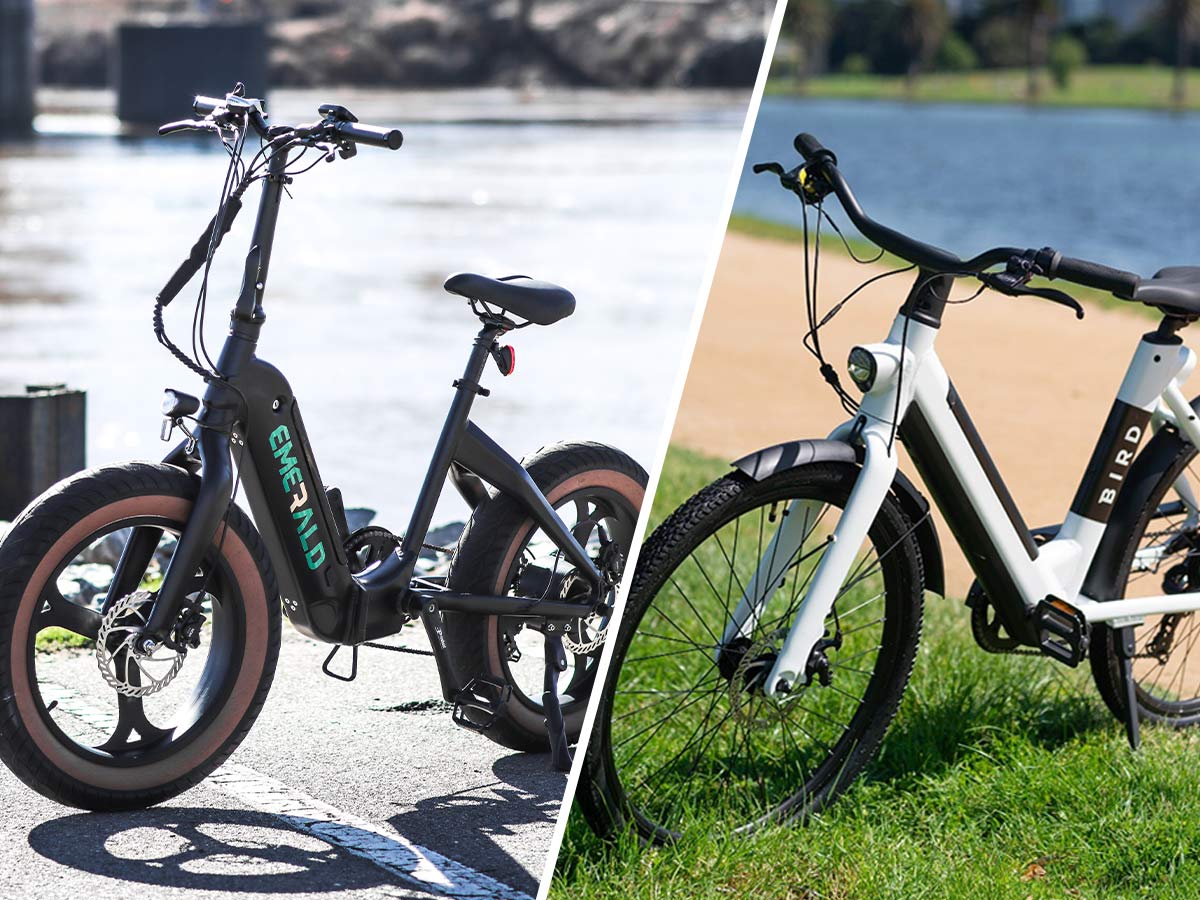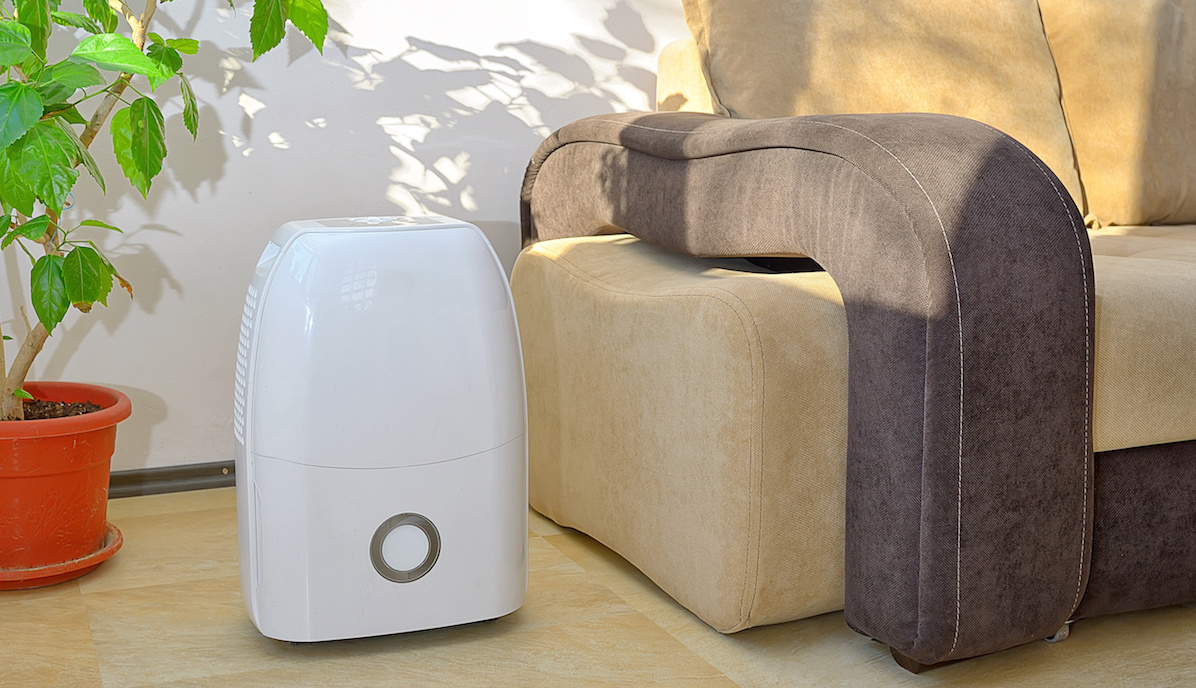What’s the Buzz? Electric Shavers vs. Traditional Razors
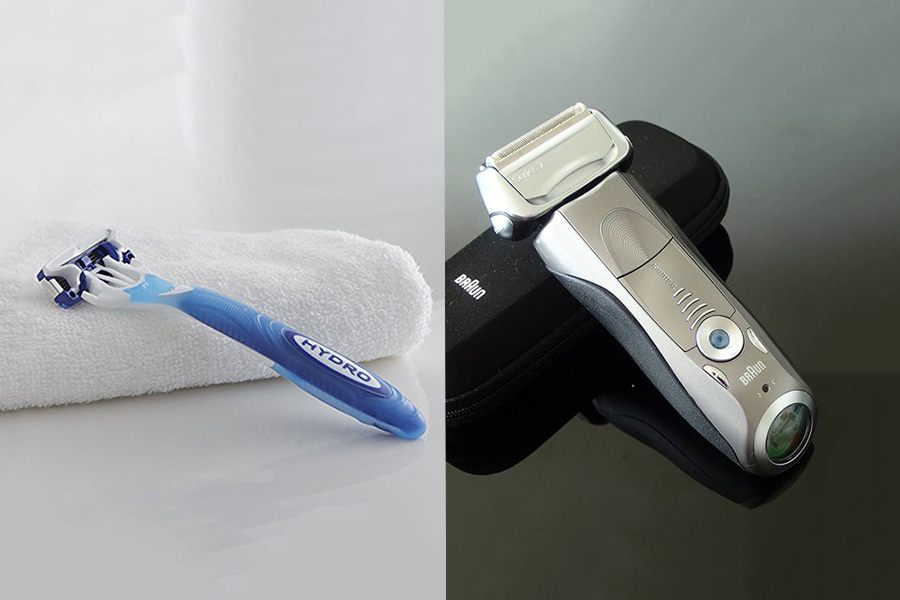
Most people wind up having to deal with razors at some point, and electric shavers often crop up as an alternative. In an era where most people are removing tech from their shaving routines, do electric shavers make sense? Here’s what sets them apart.
How do they work?
Most people are familiar with how traditional razors work. Whether you’re using a straight razor, a safety razor, or a disposable one, the principle is the same. You put some kind of lubricant on your skin (like gel, cream, or shaving soap), and then you rake a small knife over your skin to cut the hair off.
There are two types of electric shavers—foil and rotary. A rotary shaver has a series of spinning, circular heads that trap and cut your whiskers. Those are the ones that look like some sort of weird alien hovercraft thing. Foil shavers are named for the thin perforated steel foil that hides their blades. The foil grabs your hair and pulls it close to the blades, which oscillate at incredible speeds.
Convenience
Electric razors are easy to travel with. You don’t have to mess with all the accoutrements that traditionally come with shaving. You don’t have to worry about gels, or aftershave, or any of that mess. If you fly often, that’s especially nice because it’s one less TSA hassle to worry about.
Traditional razors may come with more stuff, but the razors themselves are a lot lighter and easier to maneuver in your hand. Moreover, you don’t have to worry about finding a wall outlet or having batteries on hand.
Closeness
Of course, different razors offer different levels of closeness. A five-bladed disposable monstrosity generally won’t shave as close as a back-to-basics safety razor. But generally, traditional razors are going to offer you a close, cleaner shave than electric ones.
But just because electrics don’t shave as closely doesn’t mean that they aren’t worthwhile. Some people may not want or need a close shave. If you have thicker or curlier hair, then an electric razor—particularly a rotary shaver—can be incredibly beneficial. That said, be careful. You may not be able to nick yourself in the traditional sense with an electric razor, but you can still give yourself a nasty rash if you don’t watch out.
Cost
Generally, an electric razor can last you for 3-5 years. Some high-end ones can last longer. Braun designs their shavers to last for at least seven years, for example. And while you can find electric shavers as cheaply as $20, you can expect suggested retail prices of anywhere from $160-$200 for a foil and rotary, long-lasting one. But once you pay that, you’re basically done buying shaving supplies for the next few years. (Unless you dent the foil head and need to replace it or you buy a cleaning kit.)
The cost for traditional shaving razors varies. Disposables can be anywhere from $0.30 to $3.00 a pop, depending on how nice a razor you get. Safety razors cost about $20, but it can last your whole life if you take care of it. And the blades are insanely cheap. You can buy a box of 100 blades for about what it costs to get a handful of disposable razors.
All in all, this comes down to how you want to shave. The electric razor gives you less to keep up with, but it makes you beholden to electricity. And depending on how savvy you are with your razor shopping, it doesn’t necessarily save that much money. If you’ve got a lot of thick, difficult-to-manage hair or you travel a lot, it’s worth considering.

